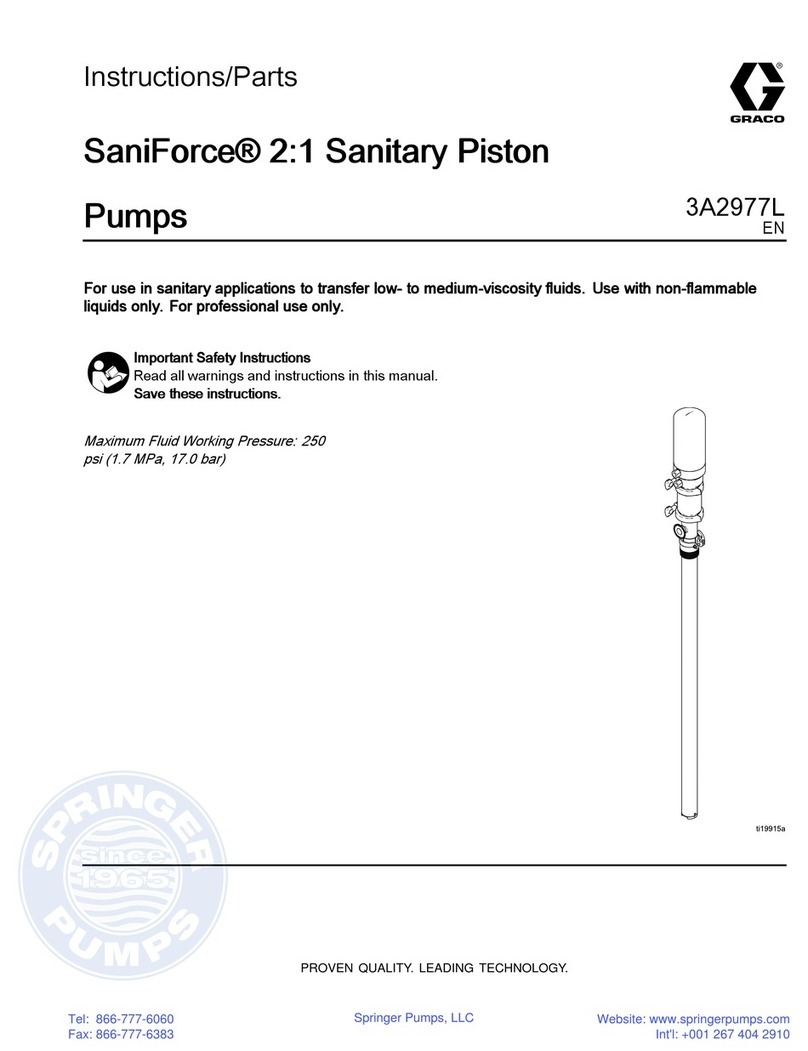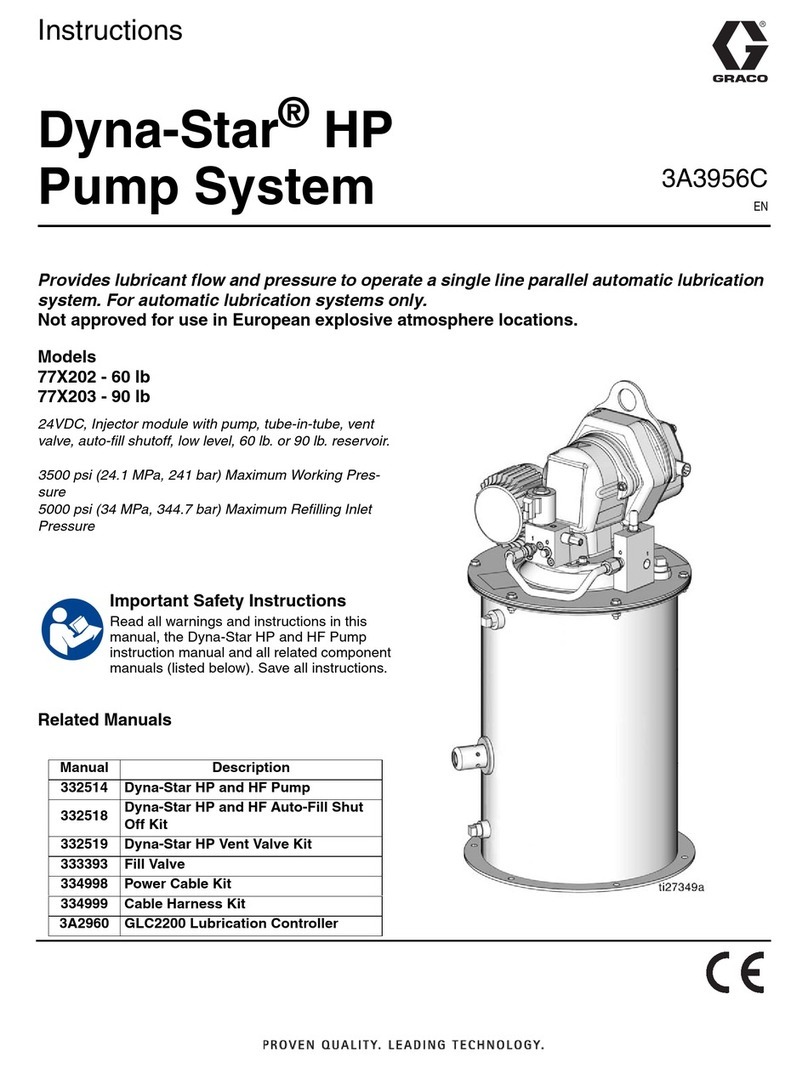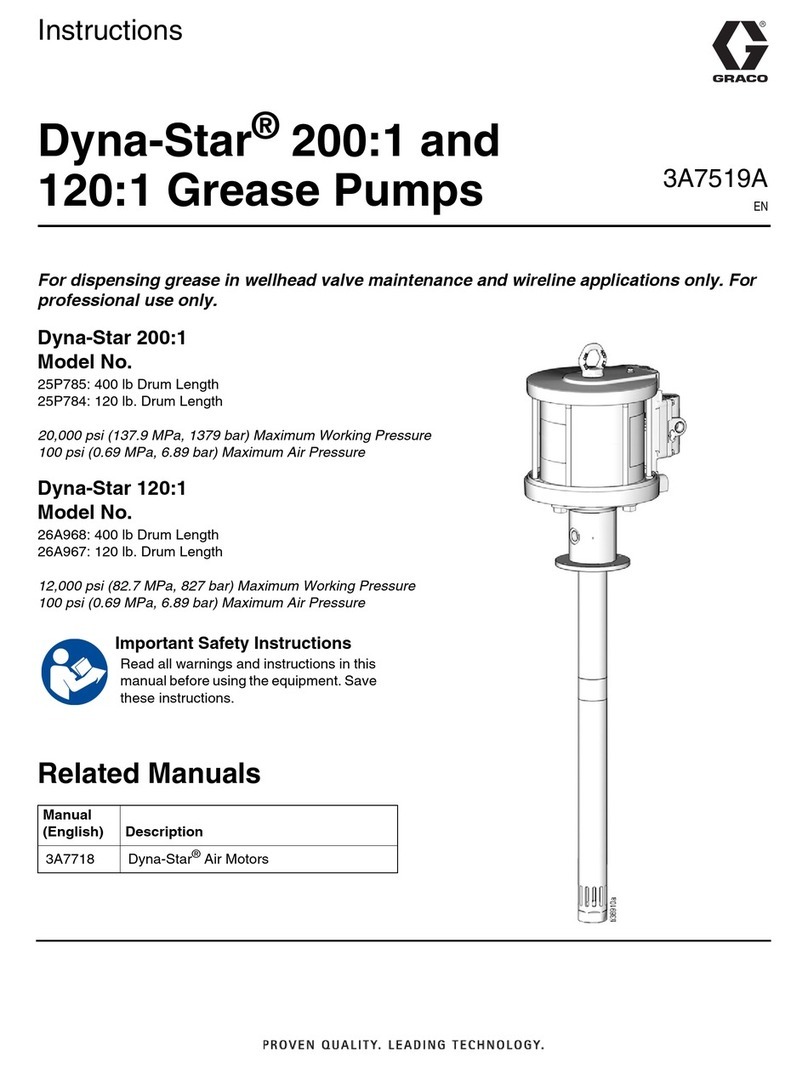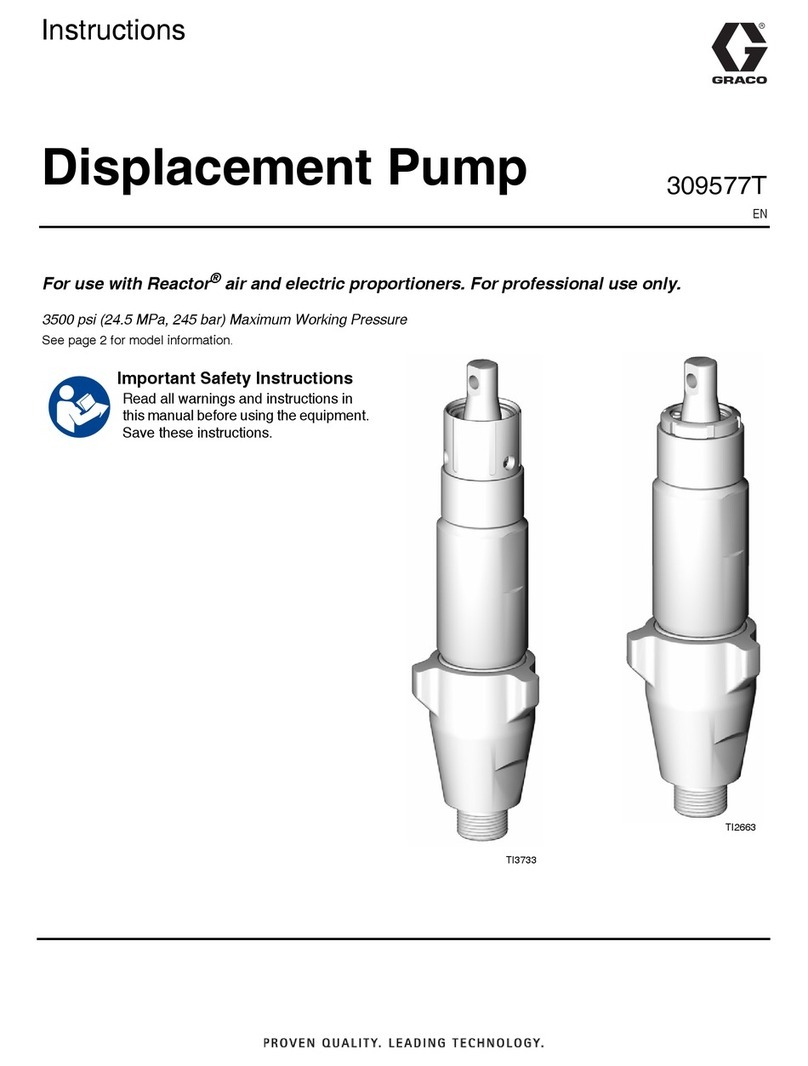Graco metric Dura-Flo 900 Operation manual
Other Graco Water Pump manuals
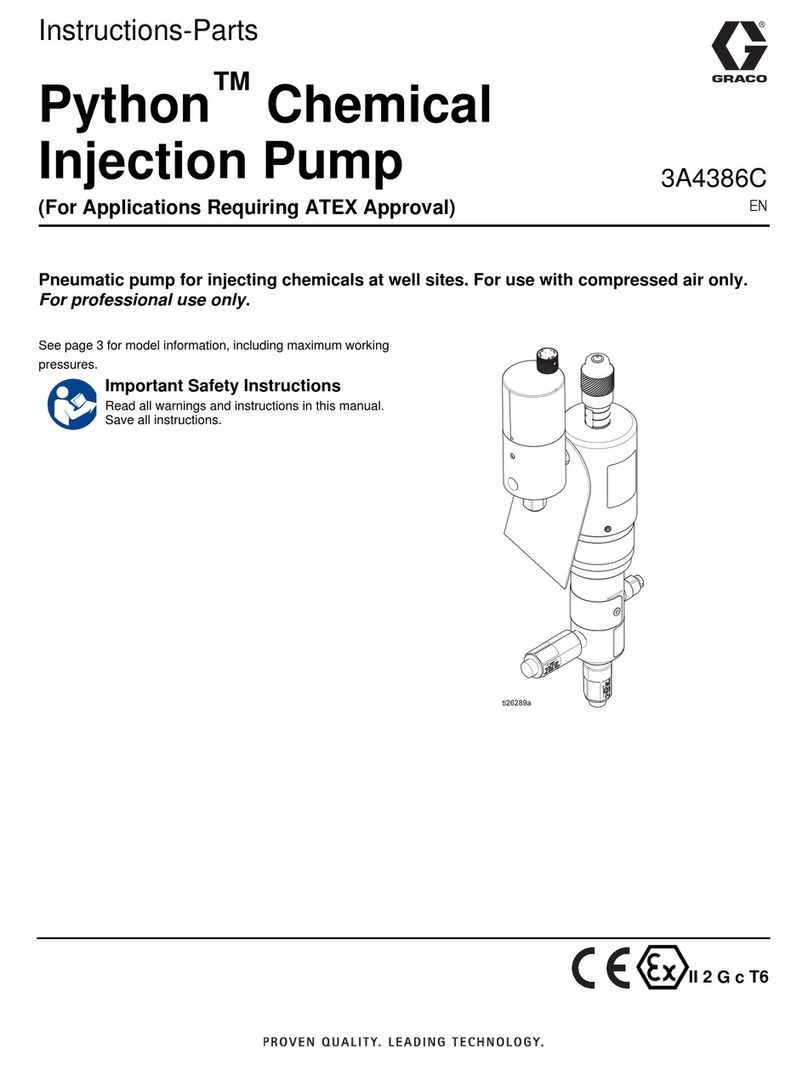
Graco
Graco Python A25177 User manual
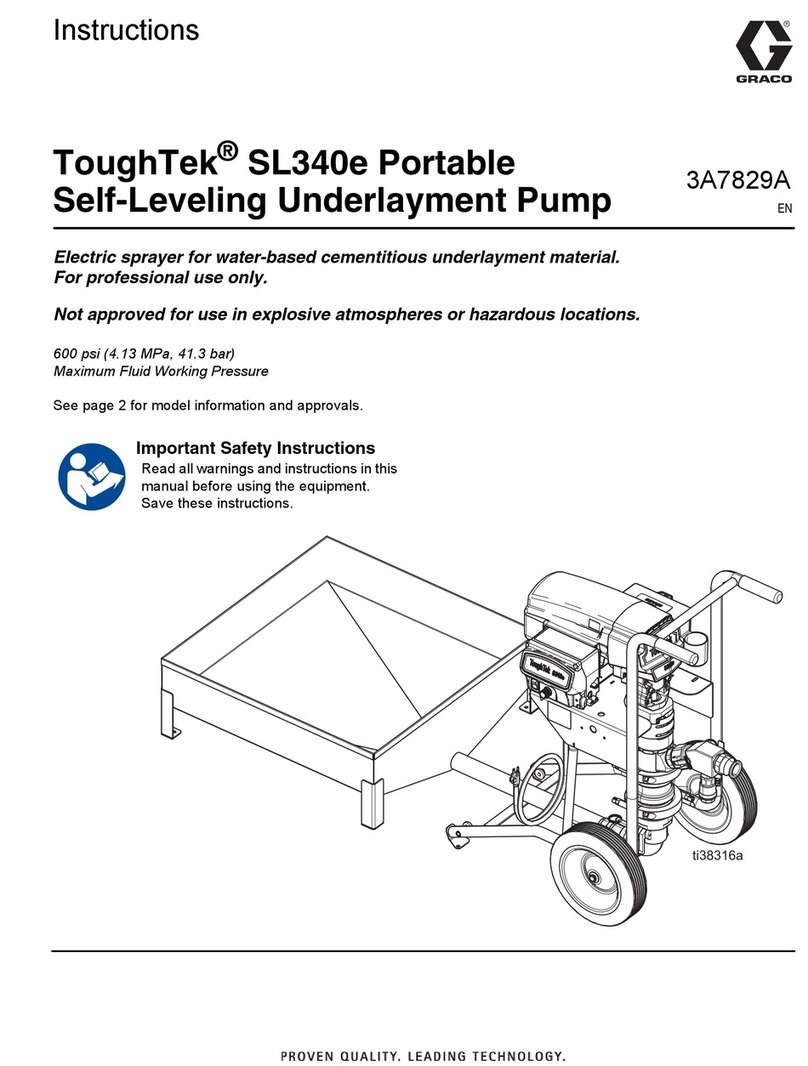
Graco
Graco ToughTek S340e User manual

Graco
Graco Bulldog 221-104 Operation manual

Graco
Graco A22600 User manual

Graco
Graco 24F448 Operation manual
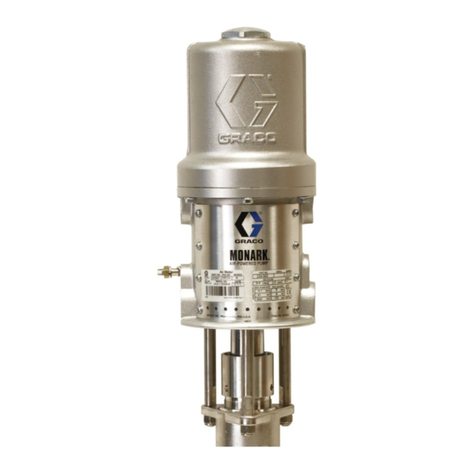
Graco
Graco Series D Datasheet
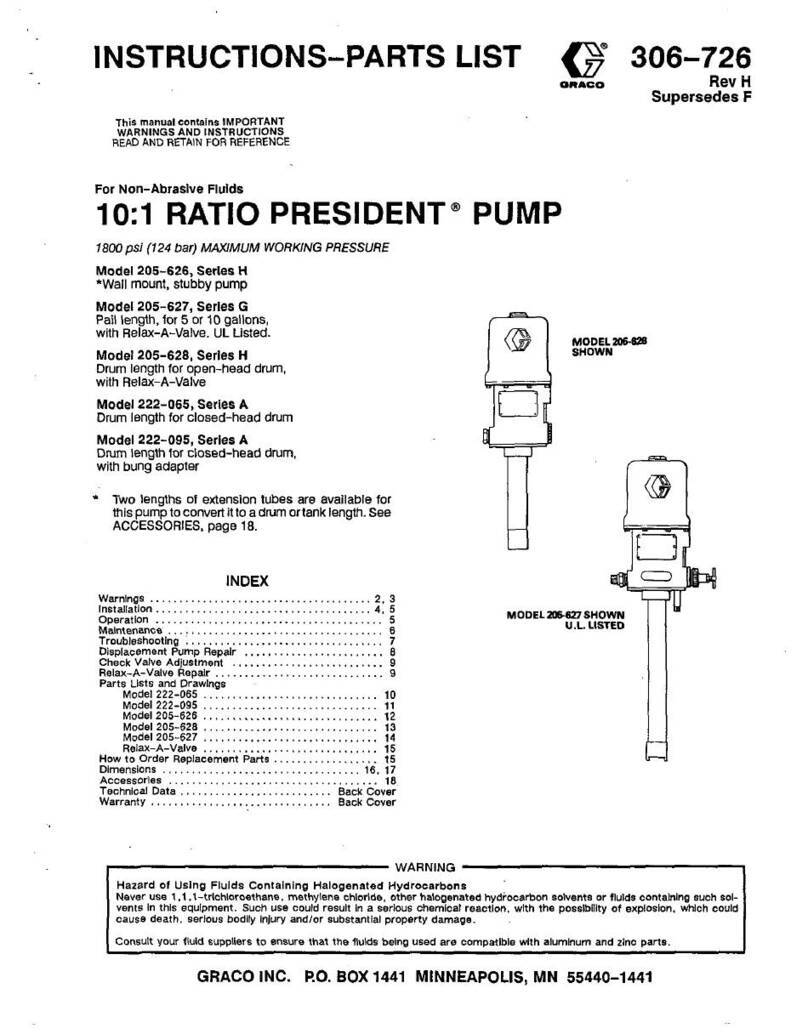
Graco
Graco PRESIDENT 205-626 Operation manual
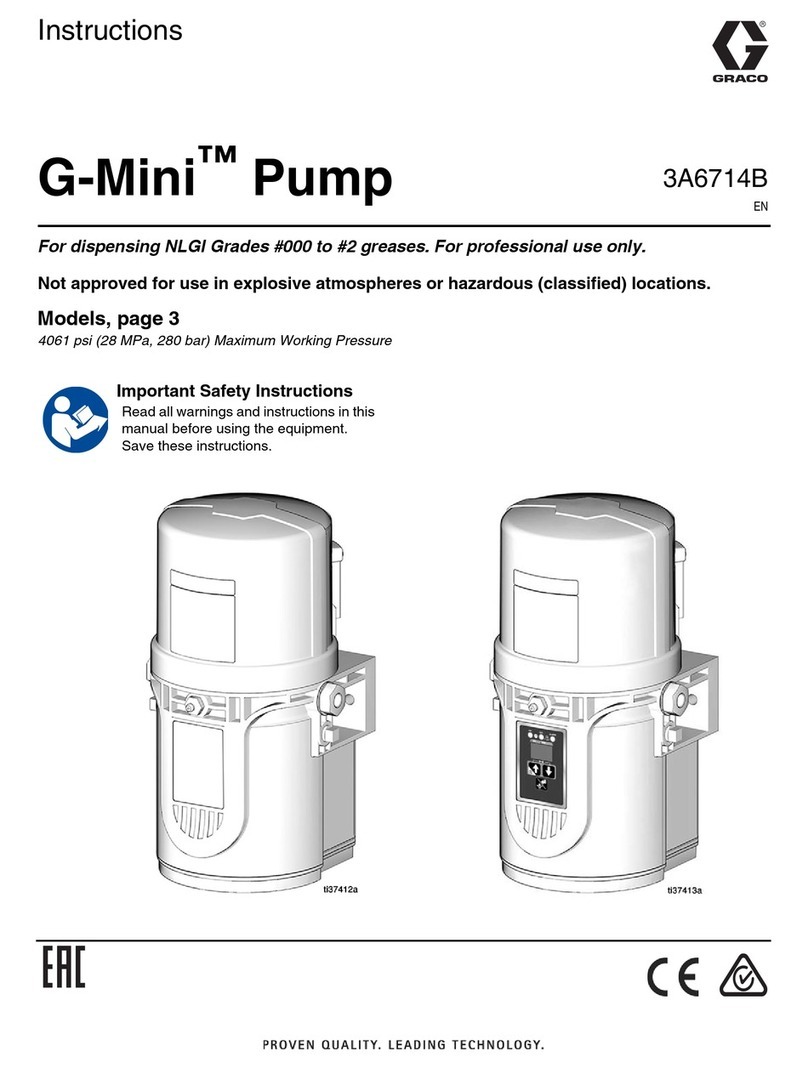
Graco
Graco G-Mini Series User manual

Graco
Graco Aluminum Husky 2150 LP User manual
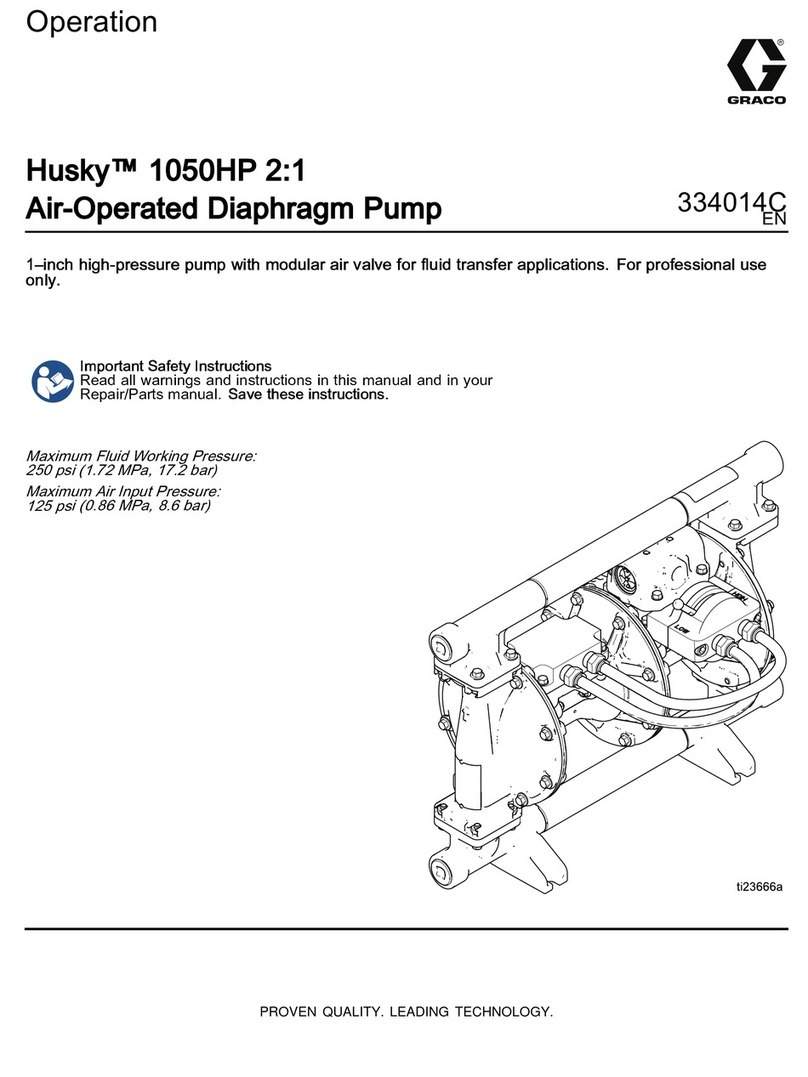
Graco
Graco Husky 1050HP Instruction Manual
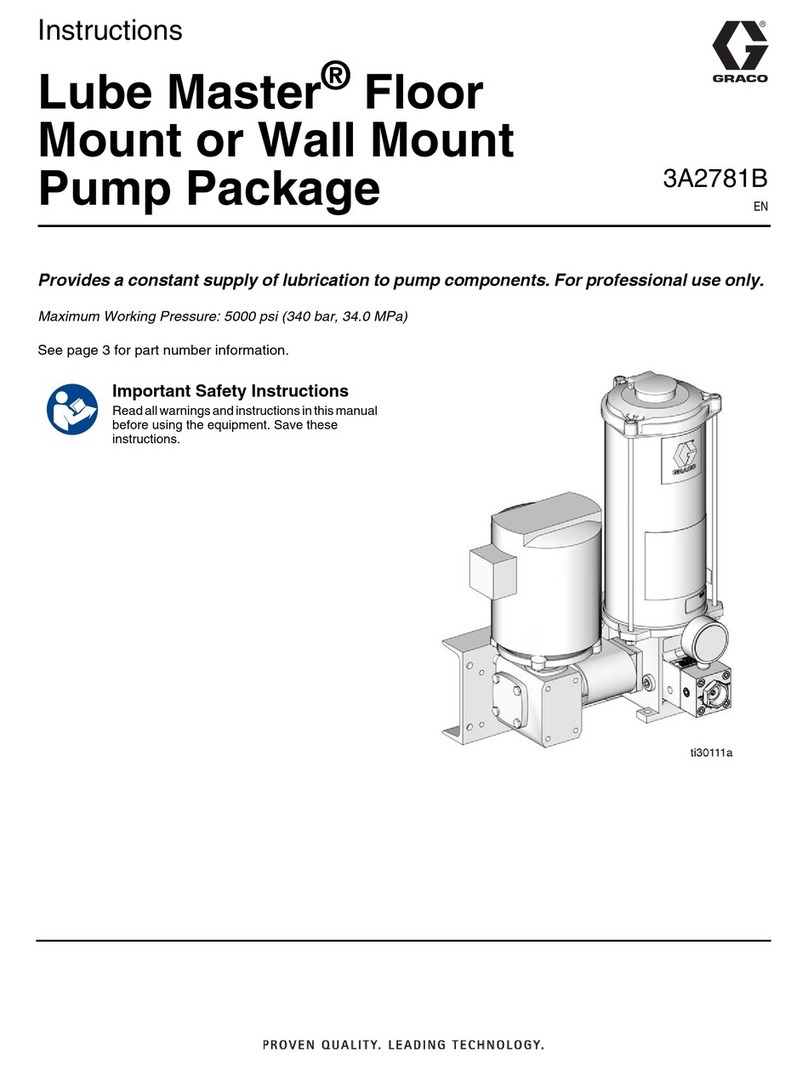
Graco
Graco Lube Master User manual

Graco
Graco Husky 3300e Use and care manual

Graco
Graco SaniForce 2150e Instruction Manual

Graco
Graco 2200 Use and care manual
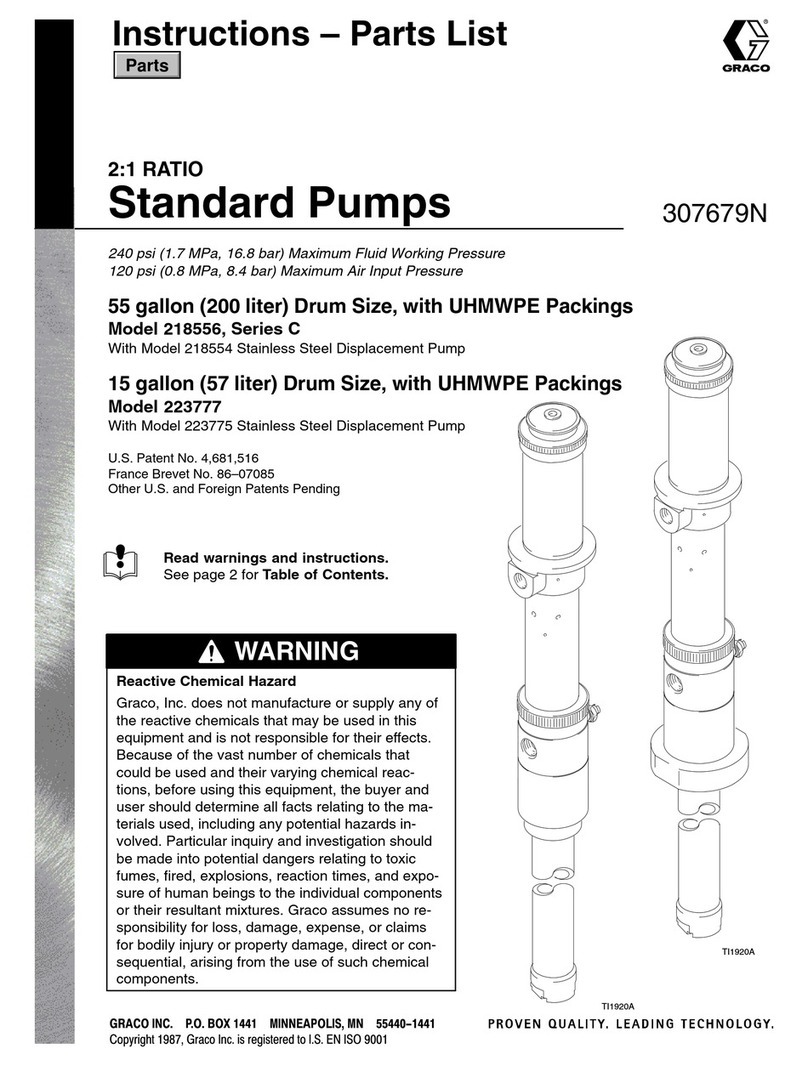
Graco
Graco 223777 Operation manual

Graco
Graco President 17E222 Operation manual
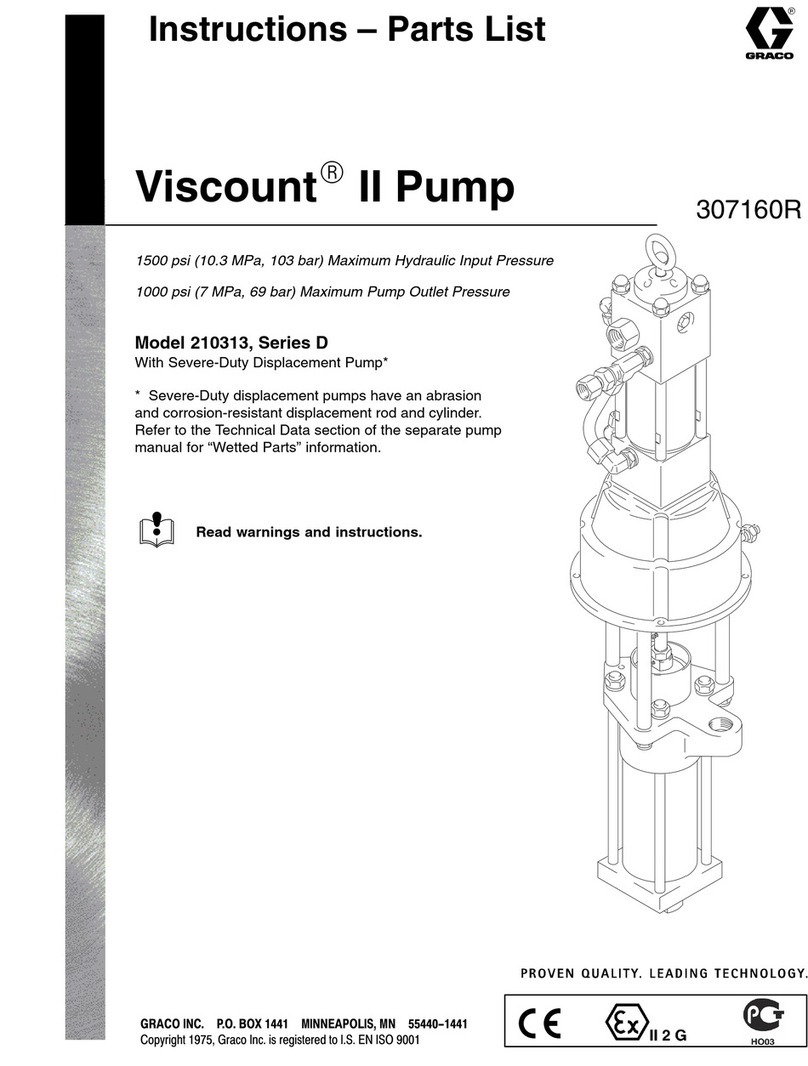
Graco
Graco 210313 Operation manual

Graco
Graco 206897 Operation manual

Graco
Graco Monark 207550 Operation manual

Graco
Graco Husky 715 Operation manual
Popular Water Pump manuals by other brands

Fieldmann
Fieldmann FVC 5015 EK user manual

Everbilt
Everbilt EFSUB5-122HD Use and care guide

esotec
esotec 101018 operating manual

Becker
Becker BASIC VASF 2.80/1-0.AC230 operating instructions

Sykes AmeriPumps
Sykes AmeriPumps GP100M Operation and maintenance instructions

DUROMAX
DUROMAX XP WX Series user manual

BRINKMANN PUMPS
BRINKMANN PUMPS SBF550 operating instructions

Franklin Electric
Franklin Electric IPS Installation & operation manual

Xylem
Xylem e-1532 Series instruction manual

Milton Roy
Milton Roy PRIMEROYAL instruction manual

STA-RITE
STA-RITE ST33APP owner's manual

GÜDE
GÜDE HWW 900 GC Translation of the original instructions
